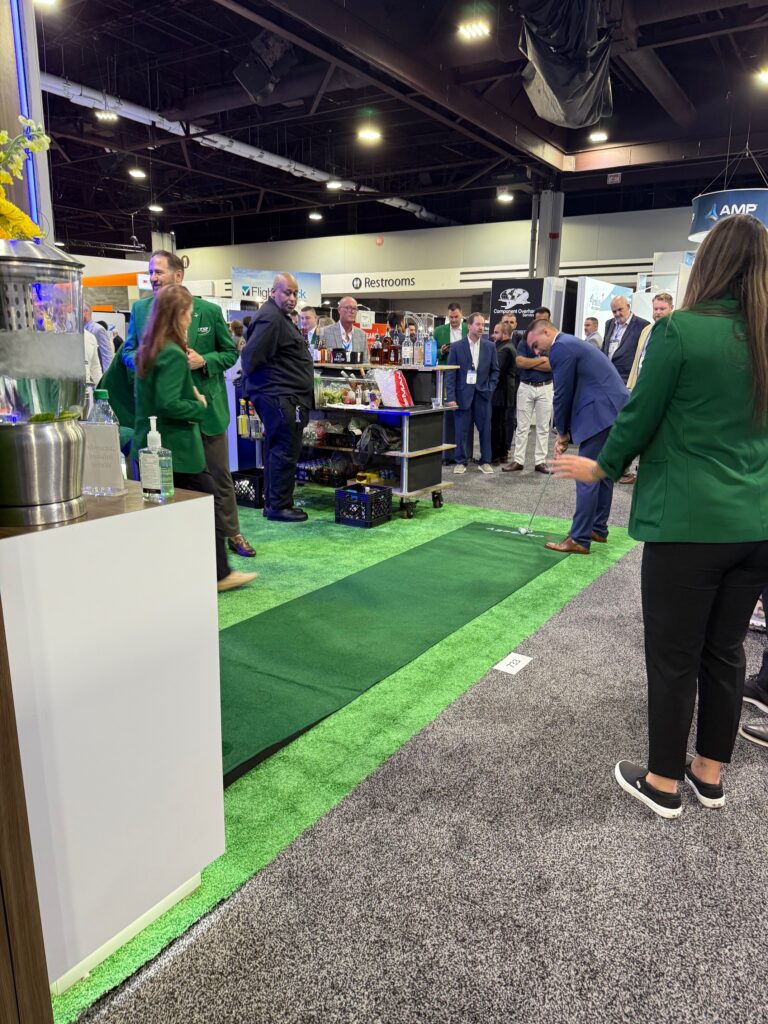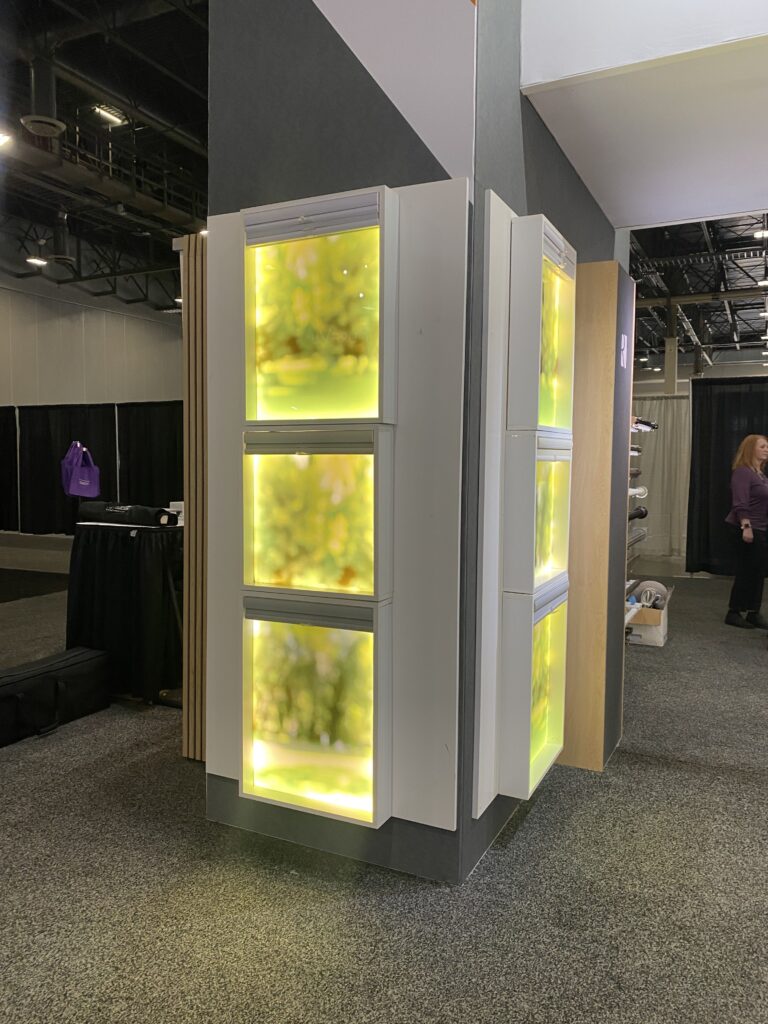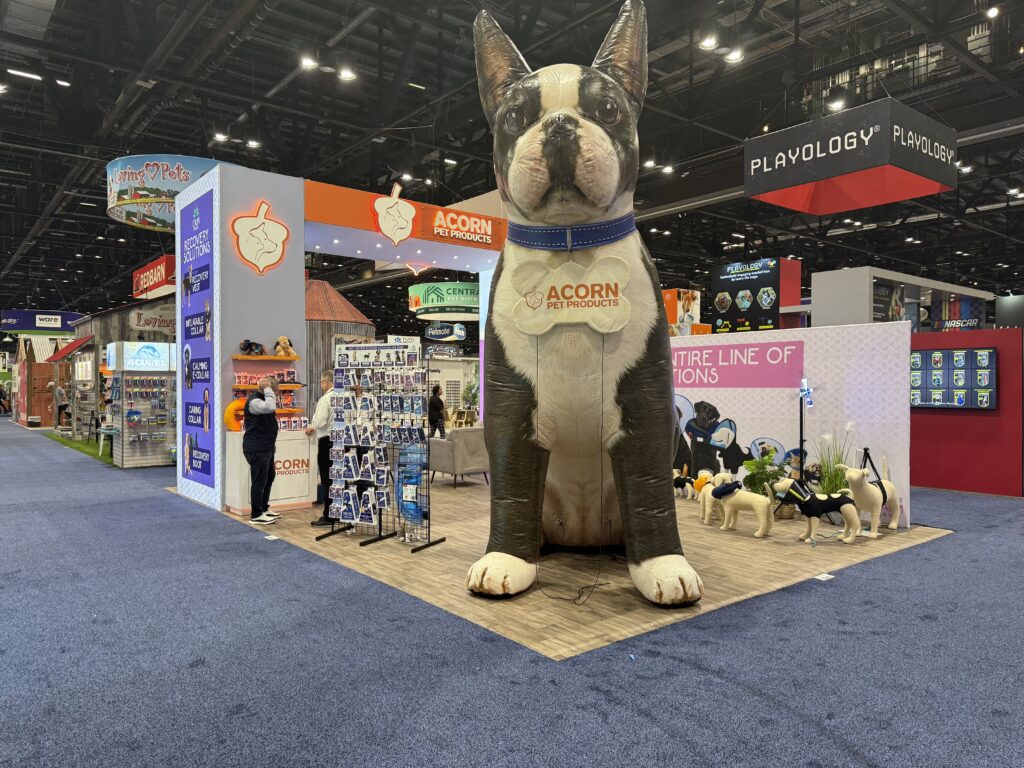The Complete Guide to Trade Show Pre-Planning: 5 Essential Steps for Maximum ROI
Trade shows are where relationships start. Exhibiting represents one of the most powerful marketing investments for businesses seeking direct customer engagement, lead generation, and brand visibility. However, success at trade shows doesn’t happen by accident—it requires strategic planning for your trade show that begins months before the event doors open.
This comprehensive guide outlines the five critical steps every exhibitor must take to maximize their trade show return on investment (ROI) and ensure exhibition success.

Exhibitors who invest in comprehensive pre-show planning realize a huge benefit compared with those who plan last-minute. The difference lies in strategic preparation that aligns goals, budgets, messaging, and follow-up systems before the pressure of show deadlines creates rushed decisions.
Key Benefits of Strategic Trade Show Pre-Planning:
When possible, trade show planning should begin 6-12 months before your target exhibition date. This extended timeline accommodates the complex logistics inherent in successful trade show exhibiting.
Critical Timeline Considerations:
Leadership Alignment and Approvals: Scheduling stakeholder meetings, securing budget approvals, and aligning on strategic goals often requires multiple rounds of discussion and can extend over several weeks.
Booth Design and Manufacturing: Custom trade show exhibits require 8-16 weeks for design, approval, manufacturing, and shipping. Rush orders significantly increase costs and limit design options.
International Sourcing Logistics: Promotional items, branded giveaways, and specialty materials sourced internationally require 8-20 weeks for production and shipping, particularly from Asia-Pacific manufacturers.
Venue and Service Coordination: Popular exhibition venues book prime booth locations 12+ months in advance. Electrical, internet, and specialty services require advance reservations to secure preferred rates and availability.
Early planning provides exhibitors with maximum flexibility in vendor selection, booth location preferences, and promotional material options while avoiding premium rush fees that can increase total exhibition costs by 25-40%.

Successful trade show exhibiting requires specific, measurable, achievable, relevant, and time-bound (SMART) goals that align with broader business objectives.
Common Trade Show Exhibition Goals:
Essential ROI Metrics:
ROI Formula: (Total Revenue Generated – Total Exhibition Costs) ÷ Total Exhibition Costs × 100 = ROI Percentage
Example ROI Calculation:
Professional trade show budgeting requires detailed cost analysis across multiple categories to prevent budget overruns and ensure adequate resource allocation.
Primary Budget Categories:
Booth Space and Services (30-40% of budget)
Exhibit Design and Construction (25-35% of budget)
Staffing and Travel (15-25% of budget)
Marketing and Promotion (10-15% of budget)
Contingency Fund (5-10% of budget)
Work with experienced trade show partners like Metro Exhibits to identify cost-saving opportunities without compromising exhibition quality. Professional booth builders provide detailed budget analysis and recommend optimal resource allocation based on specific goals and industry benchmarks.

Your trade show booth serves as your temporary brand headquarters and must effectively communicate your value proposition within seconds of visitor approach.
Five Critical Booth Design Questions:
Visual Impact Components:

Functional Design Features:
Well-designed promotional giveaways extend your brand presence beyond the exhibition hall and serve as tangible reminders of your booth visit. Effective promotional items should be:
Effective trade show marketing extends far beyond booth-side conversations. A comprehensive pre-show marketing strategy creates multiple touchpoints with your target audience before, during, and after the exhibition.
Proven Pre-Show Marketing Tactics:
Digital Marketing Channels:
Traditional Marketing Channels:
Show-Specific Marketing Opportunities:
Consistent messaging across all marketing channels builds familiarity and trust with potential booth visitors. This repetition across various touchpoints increases brand recall and positions your company as a serious industry participant.
Pro Tip: Include high-quality renderings of your booth design in pre-show marketing materials. This visual preview helps attendees locate your booth quickly and creates anticipation for your exhibition presence.
Successful trade show exhibiting requires expertise across multiple disciplines—from strategic pre-show planning and booth design to logistics coordination and marketing execution. Partnering with an experienced trade show booth builder like Metro Exhibits provides access to industry knowledge, vendor relationships, and proven processes that maximize your exhibition investment that are critical when planning your trade show exhibit.
Metro Exhibits Professional Services:
Trade show success isn’t determined by what happens during the two or three days of exhibition—it’s built through months of strategic pre-planning that aligns goals, budgets, messaging, and execution strategies.
Companies that invest in comprehensive pre-show planning consistently achieve higher lead generation rates, stronger brand recognition, and measurable ROI from their exhibition investments.
Start your trade show planning 6-12 months in advance, set specific measurable goals, develop detailed budgets, design impactful booth experiences, and implement multi-channel marketing strategies that create multiple touchpoints with your target audience.
The exhibitors who plan strategically don’t just participate in trade shows—they dominate them.
Want to gain an edge? Get ideas, tips, and
resources from the exhibit industry's top experts.